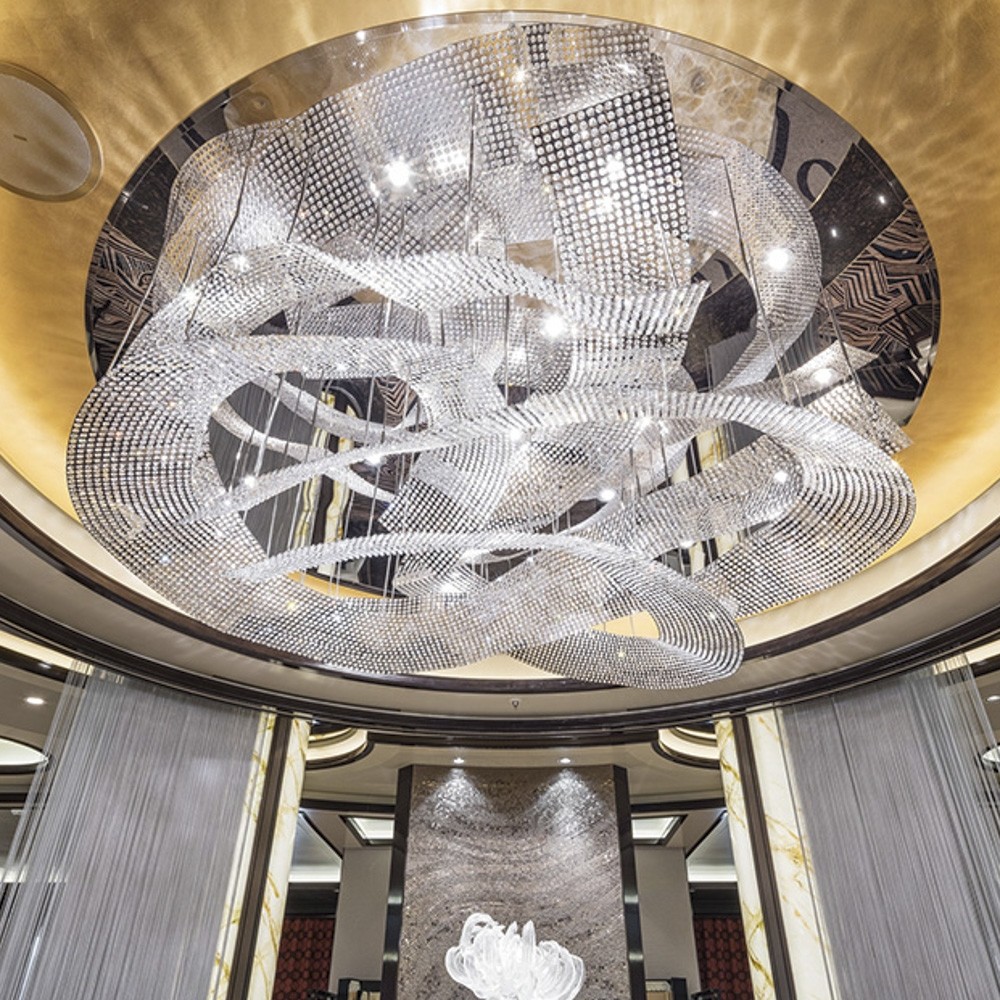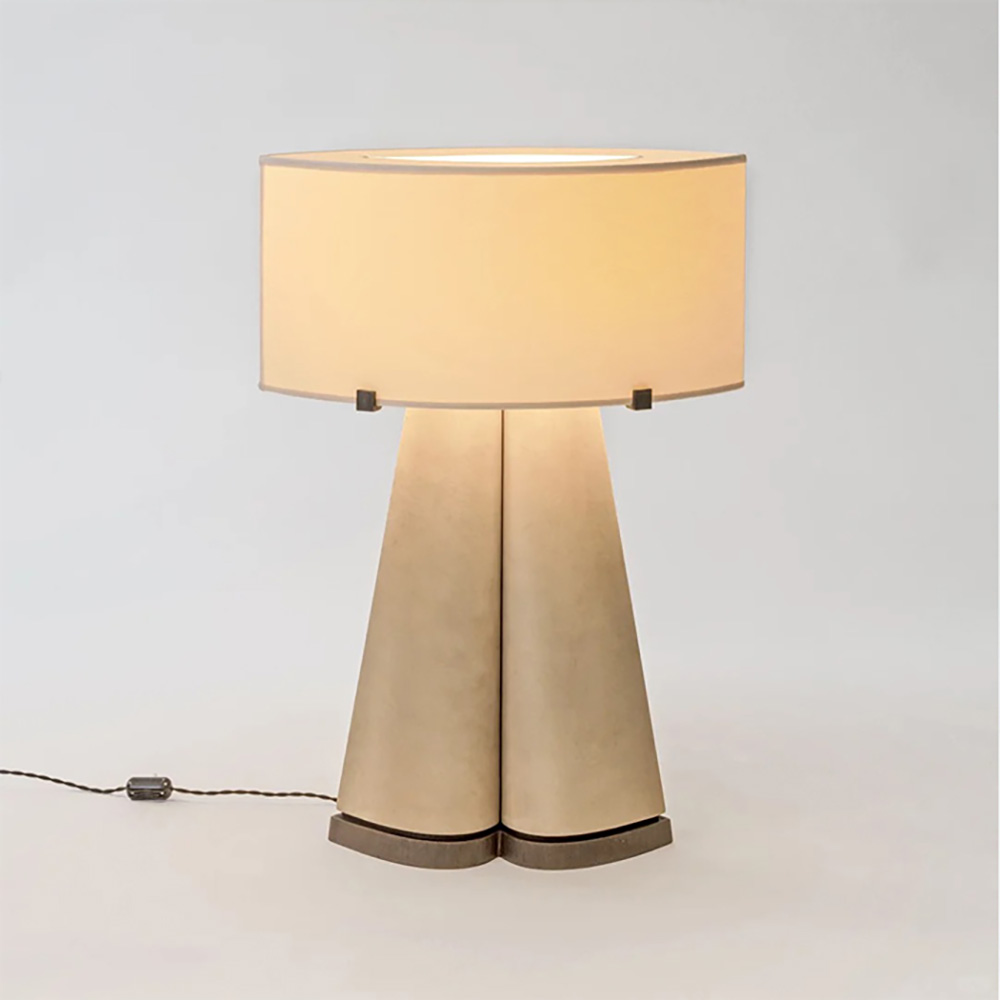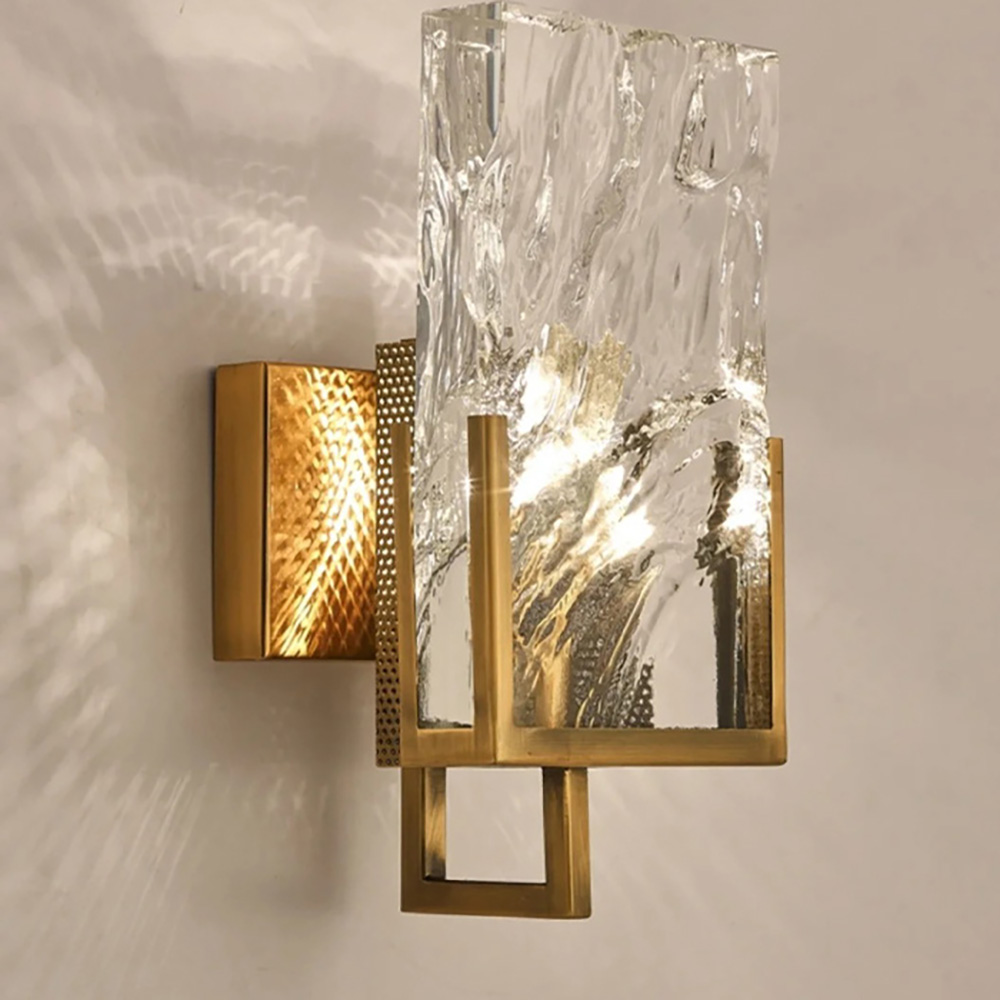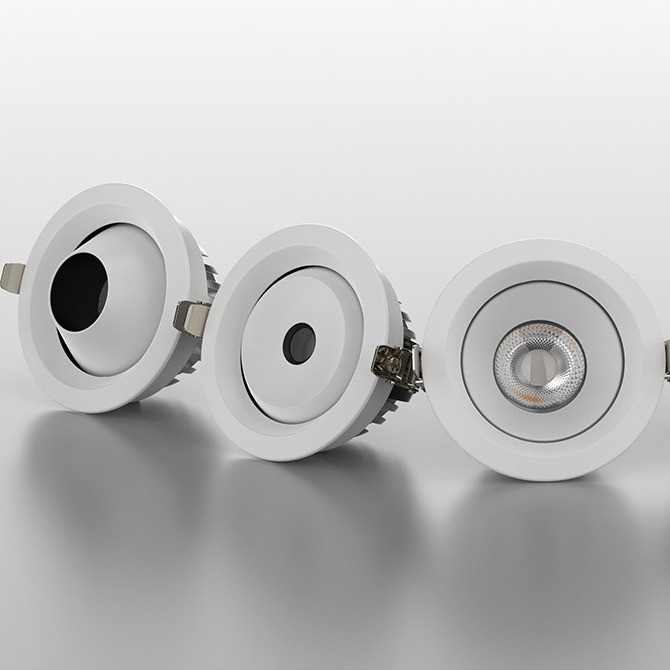1. Observe the Stone Veining
Authentic marble lamps are typically made from Spanish marble, which is relatively soft and primarily white in color, featuring natural, irregular veining with occasional black or brown streaks. Since it is a natural stone, each lampshade has a unique pattern. In contrast, imitation marble lamps often use artificial materials such as "Songxiang Jade" (also called "Songxiang Yellow"), which has a yellowish hue and a harder texture. The veining on these imitations is usually machine-made, resulting in repetitive and unnatural patterns.
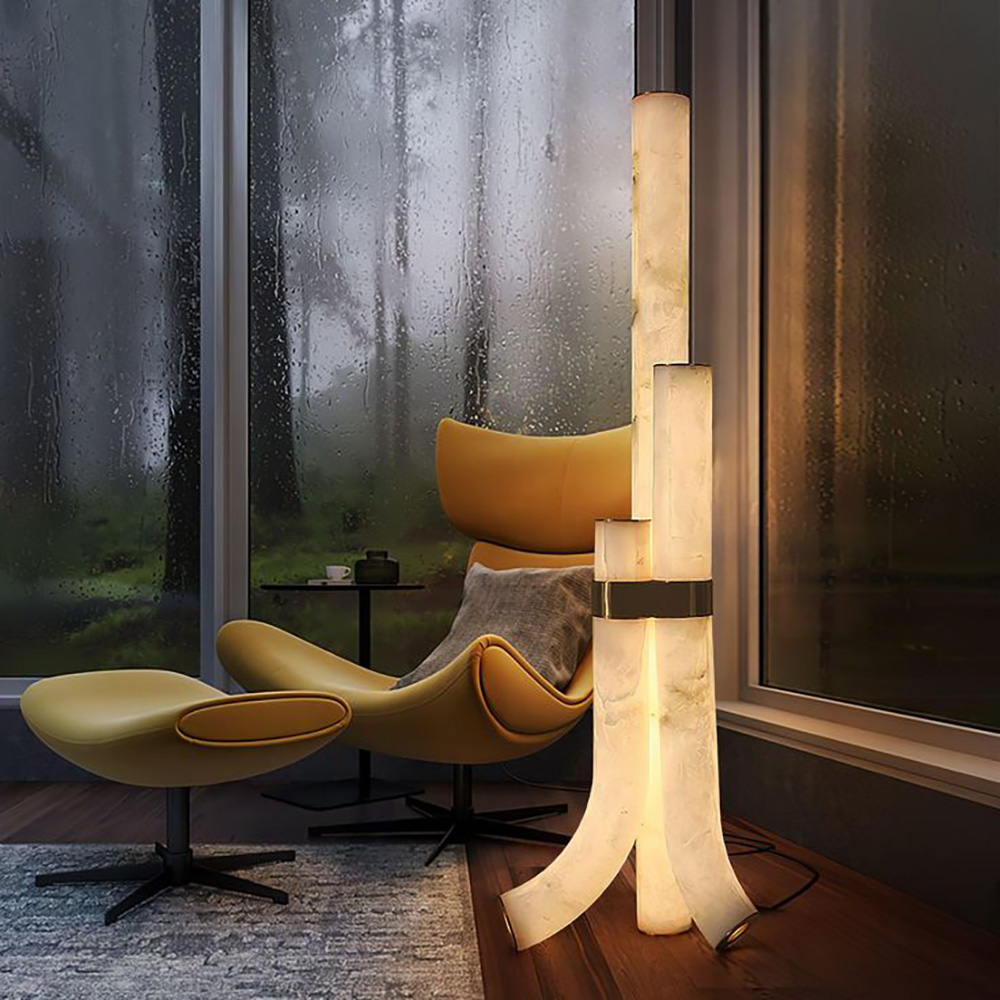
2. Compare the Weight
Natural marble has a high density, so a genuine marble lamp will feel noticeably heavier than a fake one of the same size. If the lamp feels lightweight, it is likely made from synthetic materials like resin.
3. Check the Lighting Effect
A real marble lampshade diffuses light evenly, producing a soft and natural glow. On the other hand, imitation marble may cause uneven light distribution, with visible bright spots or inconsistent illumination.
4. Feel the Surface Texture
Authentic marble has a slightly matte, sand-like finish when polished, offering a fine, grainy feel. Fake marble, however, is often overly smooth to the touch, sometimes resembling plastic or resin.
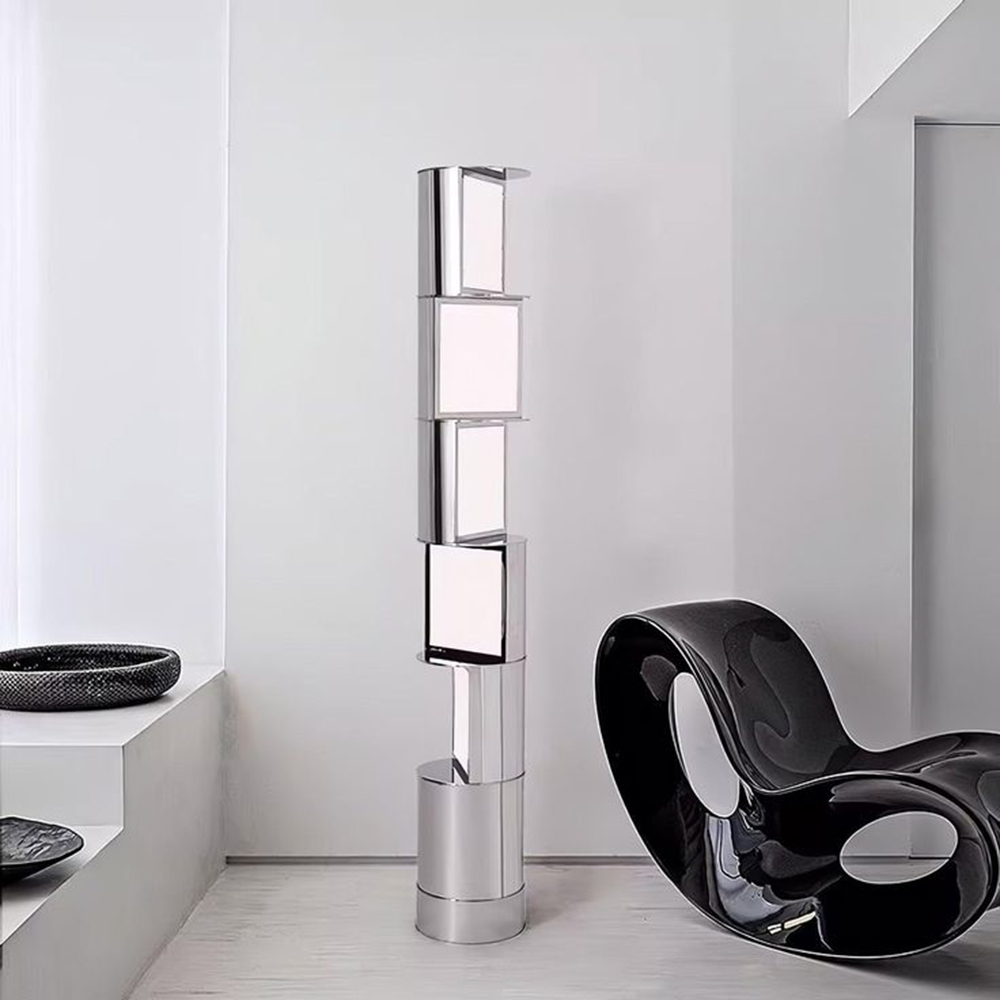
5. Test the Material Hardness
Genuine marble is relatively soft—scraping it with a blade will produce a powdery residue, and tapping it lightly with a hard object may leave marks. In contrast, imitation marble (such as resin or composite materials) will flake when scraped and is more resistant to scratches.
By using these methods, you can easily identify whether a lamp is made of real marble or an imitation, ensuring you purchase a high-quality, natural stone product.

